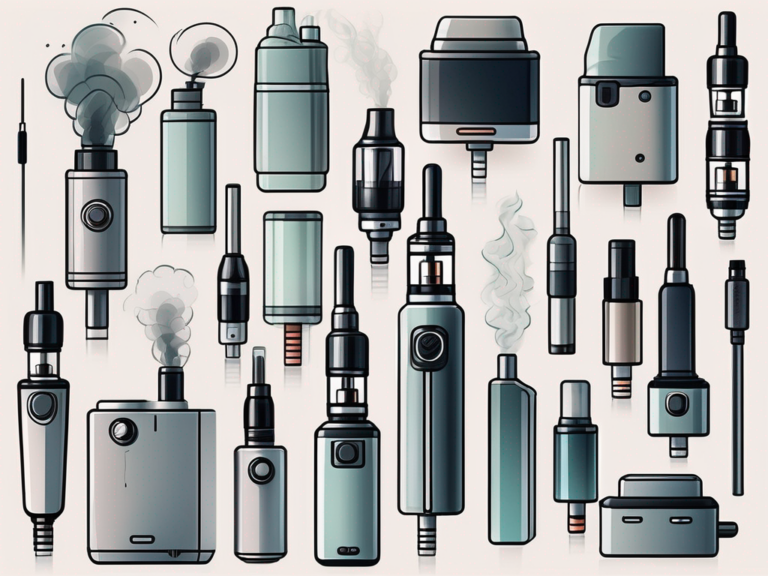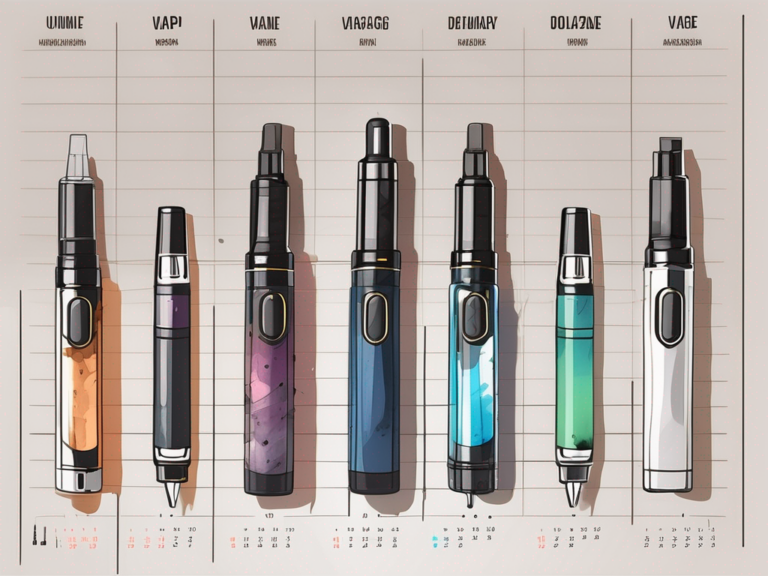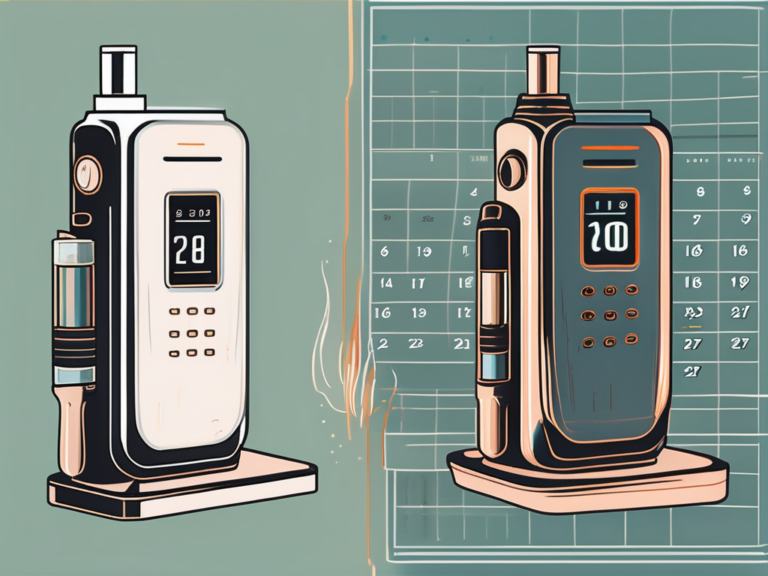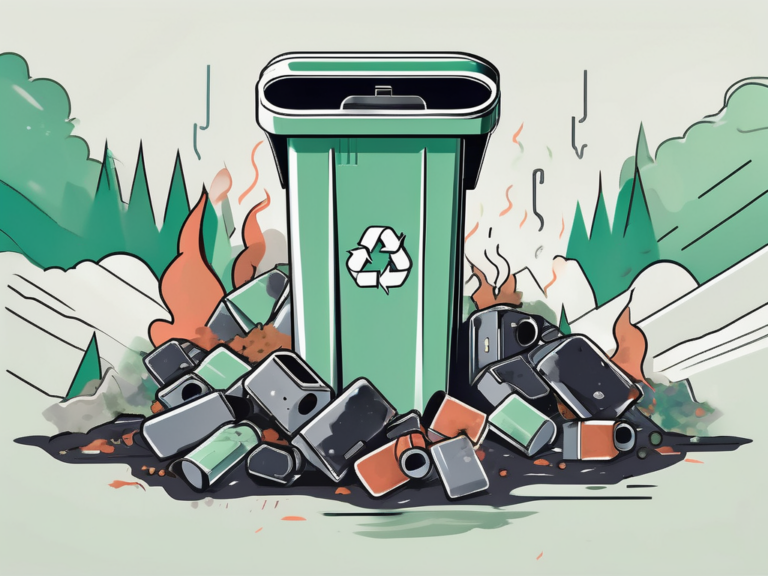how do kids get vapes
In recent years, there has been a concerning rise in the popularity of vaping among kids. As a parent or guardian, it is important to understand how kids are gaining access to these devices and the factors contributing to their appeal. By delving into the mechanics of vaping devices, the accessibility of these products, the role of peer pressure, and the health risks associated with vaping, we can gain a comprehensive understanding of this growing trend.
Understanding the Popularity of Vaping Among Kids
Vaping has become increasingly popular among younger individuals, and it is crucial to understand why. One of the main factors driving this trend is the appeal that vaping has to the younger generation.
The Appeal of Vaping to the Younger Generation:
- Flavorful Options: Vaping devices come in a wide variety of flavors, including sweet and fruity options that may attract younger individuals.
- Tech Appeal: Vaping devices often resemble sleek and modern gadgets, which can be enticing to tech-savvy kids.
- Perceived Coolness: Due to peer influence and media portrayals, some children may associate vaping with being trendy or cool.
Moreover, the ease of access to vaping products has played a significant role in their popularity among kids. With online retailers and physical stores stocking a wide range of vaping devices and e-liquids, these products are readily available to young consumers, often without strict age verification processes.
Additionally, the lack of comprehensive regulations surrounding vaping products has contributed to their appeal among kids. Unlike traditional tobacco products, which are subject to stringent regulations, the vaping industry has faced challenges in implementing consistent guidelines, leading to a perception of vaping being less harmful or risky than smoking.
The Mechanics of Vaping Devices
To grasp how kids are obtaining and using vaping devices, it is essential to familiarize ourselves with the technical aspects.
Types of Vaping Devices:
- Cigalike Devices: These devices closely resemble traditional cigarettes, making them discreet and easily concealable.
- Vape Pens and Mods: Vape pens and mods are larger devices with more customization options, often favored by experienced users.
How Vaping Devices Work:
Vaping devices operate by heating a liquid, known as e-juice or vape juice, which typically contains nicotine, flavorings, and other chemicals. This liquid is transformed into vapor, which is then inhaled by the user.
Cigalike devices are usually equipped with a small battery and a cartridge filled with e-juice. When the user inhales through the mouthpiece, the battery activates the heating element, vaporizing the e-juice. The vapor is then inhaled into the lungs, mimicking the sensation of smoking a traditional cigarette.
Vape pens and mods, on the other hand, offer more advanced features such as adjustable airflow, variable voltage settings, and sub-ohm capabilities. Sub-ohm vaping, in particular, involves using coils with a resistance of less than one ohm, resulting in increased vapor production and flavor intensity. These devices are popular among vaping enthusiasts who enjoy experimenting with different e-juice flavors and cloud-chasing techniques.
The Accessibility of Vaping Devices to Kids
Unfortunately, vaping devices have become increasingly accessible to kids through various avenues.
Online Purchasing of Vaping Devices:
One concerning method is the ease of purchasing vaping devices online. Despite age restrictions, some online retailers may not enforce strict verification processes, allowing minors to acquire these products.
It is crucial for parents and guardians to monitor their children’s online activities and educate them about the dangers of vaping. Additionally, advocacy for stricter regulations on online sales of vaping devices is essential to protect the youth from exposure to these harmful products.
Physical Stores and Vaping Devices:
Vaping devices can also be obtained through physical stores, as some retailers may not have robust age verification systems or strict adherence to regulations. Additionally, devices may be shared or obtained from peers who possess them.
Educational campaigns in schools and communities play a vital role in raising awareness about the risks associated with vaping among young individuals. By promoting healthy lifestyle choices and providing accurate information about the potential consequences of vaping, we can empower children to make informed decisions and resist peer pressure to engage in harmful behaviors.
The Role of Peer Pressure in Vaping
Peer pressure plays a significant role in shaping the behaviors of young individuals, and vaping is no exception.
The Influence of Friends in Vaping:
Close friendships may contribute to the adoption of vaping habits. Kids who have friends that vape are more likely to be curious and have a higher likelihood of trying it themselves.
The Impact of School Environment on Vaping:
Schools can inadvertently create an environment that perpetuates vaping. Peer groups and social circles within schools can expose non-users to vaping, making it seem more normalized or socially acceptable.
Family Dynamics and Vaping:
Family dynamics can also play a role in influencing vaping behavior. Research suggests that children who have family members who vape or smoke are more likely to experiment with vaping themselves. This could be due to the normalization of smoking or vaping behaviors within the family unit.
Media Portrayal and Vaping Trends:
The media, including social media influencers and advertisements, can significantly impact the perception of vaping among young individuals. Glamorized depictions of vaping in movies, TV shows, and online platforms can create a sense of desirability and coolness around the habit, further fueling its popularity among teenagers.
The Health Risks Associated with Vaping
While the long-term effects of vaping are still being studied, it is important to acknowledge the potential health risks that come with this habit.
Short-term Health Effects of Vaping:
- Irritation to the Lungs and Throat: The inhalation of the chemicals present in e-juice can lead to irritation and inflammation of the respiratory system.
- Nicotine Addiction: Vaping liquids commonly contain nicotine, which can lead to addiction and potential long-term health issues.
Long-term Health Effects of Vaping:
While further research is needed, long-term health effects may include respiratory problems, cardiovascular issues, and potential harm to brain development in young individuals.
It is also worth noting that vaping can have an impact on oral health. The heat and chemicals from vaping devices can cause dry mouth, which can lead to an increase in bacteria and potential tooth decay. Additionally, the flavorings in e-juices can have adverse effects on gum tissue, potentially leading to gum inflammation and other oral health issues.
Furthermore, the environmental impact of vaping should not be overlooked. The improper disposal of vaping devices and e-juice cartridges can contribute to electronic waste, which can be harmful to the environment if not recycled properly. The manufacturing and transportation of vaping products also have carbon footprints that add to environmental concerns.
In Conclusion
Understanding how kids gain access to vaping devices is crucial in combating this concerning trend. By recognizing the appeal of vaping, the mechanics of these devices, the role of peer pressure, and the associated health risks, parents, educators, and policymakers can work towards prevention and intervention strategies. By fostering open and honest discussions, we can equip our children with the necessary knowledge to make informed decisions and prioritize their health and well-being.






